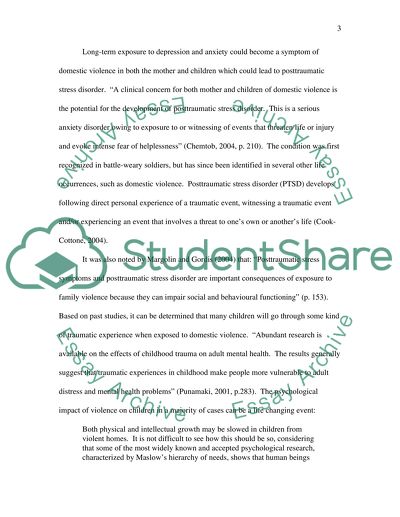Cite this document
(Posttraumatic Stress Disorder Literature review Example | Topics and Well Written Essays - 1500 words, n.d.)
Posttraumatic Stress Disorder Literature review Example | Topics and Well Written Essays - 1500 words. https://studentshare.org/psychology/1541598-posttraumatic-stress-disorder
Posttraumatic Stress Disorder Literature review Example | Topics and Well Written Essays - 1500 words. https://studentshare.org/psychology/1541598-posttraumatic-stress-disorder
(Posttraumatic Stress Disorder Literature Review Example | Topics and Well Written Essays - 1500 Words)
Posttraumatic Stress Disorder Literature Review Example | Topics and Well Written Essays - 1500 Words. https://studentshare.org/psychology/1541598-posttraumatic-stress-disorder.
Posttraumatic Stress Disorder Literature Review Example | Topics and Well Written Essays - 1500 Words. https://studentshare.org/psychology/1541598-posttraumatic-stress-disorder.
“Posttraumatic Stress Disorder Literature Review Example | Topics and Well Written Essays - 1500 Words”. https://studentshare.org/psychology/1541598-posttraumatic-stress-disorder.


